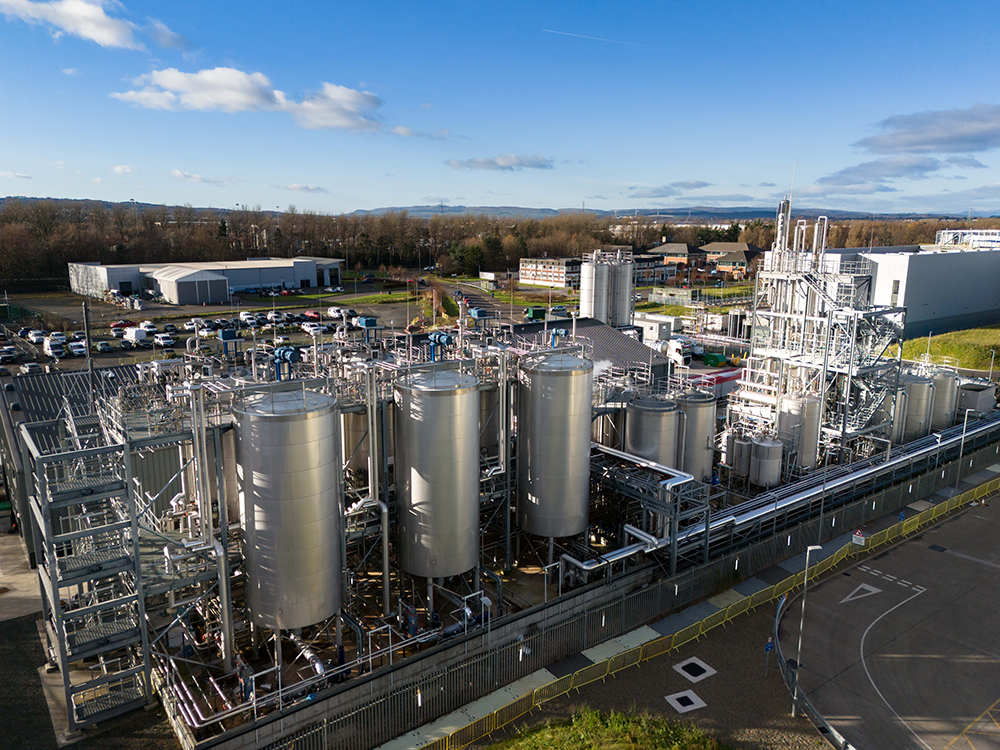How to master your energy transition to carbon neutrality.
Mechanical Engineer, Jeff Parr-May prides himself in a longstanding career in the energy sector. Since Jeff joined Uniper he is helping Uniper customers deal with the many challenges of their inevitable energy transition to carbon neutrality.
Many UK companies are planning to decarbonise their production facilities. This is important when considering two-thirds of emissions are energy-driven. However, there are several risks businesses need to consider as part of their long-term decarbonisation strategy, such as rising energy prices, identifying and accessing the capital required to make the transition to net zero, and the potential for commodity prices to become even more volatile. If an energy strategy is not a core part of a company’s operating business, navigating these challenges could make achieving net zero more difficult.
A consideration: Electrification to decarbonise businesses
Decarbonisation remains a priority for many businesses, but sometimes ambitious goals can be countered by a lack of energy industry know-how and implementation expertise. So, how can decarbonisation be achieved? One starting point is electricity, which can help to reduce emissions. Adding to that electrification may help also to reduce costs as electrical equipment is less costly and more reliable for many industrial applications. Moreover, electrification as part of a diversified energy portfolio management offers the possibility of using the advantages of a market with a different structure than gas. However, to take advantage of this, you need to not only understand the market mechanisms of electricity, but also consider storage capacities, either on the electrical side or the steam side of your process.
But then electricity isn’t suitable for all usages. So if you need high-temperature heat or steam what are the alternatives to natural gas? Hydrogen is one option, provided there will be a reliable supply and connection to the hydrogen grid, and you have long-term storage. Biofuel and biochar could also be a way forward. And carbon capture and storage could also be an option.
The options outlined make it clear that there is no one silver bullet for decarbonisation. Rather, different approaches must be combined in practice. And this not only applies to the example of electrification, but also to other options such as fuel diversification or the recycling of waste streams.
Time to start your decarbonisation journey
It couldn’t be clearer that companies will have to scrutinise their energy strategies to kick-start their decarbonisation journey. To ensure a secure and reliable supply of energy, clean gas, energy storage and other flexible solutions must be explored alongside renewable energy solutions. In addition to wind turbines and solar collectors, one possibility could be highly efficient gas-fired combined heat and power plants, which generate heat and electricity simultaneously, and can achieve efficiencies of up to 90 percent. These facilities are particularly suitable for supplementing a company’s own energy supply and effectively reducing CO2 emissions.
Still the question of financing remains – because in addition to expertise and patience, the energy transition requires significant investment. Uniper can help secure financing and act as a developer, implementing and operating low-carbon or carbon-free energy systems together with industry.
Against the background of this complexity, companies are actively seeking out advice and assistance. This is where the experience of utilities like Uniper in the energy market and their expertise in energy generation can be of great benefit for businesses. Keeping this in mind I am convinced that partnership is the key to your successful energy transition to a net zero future.











